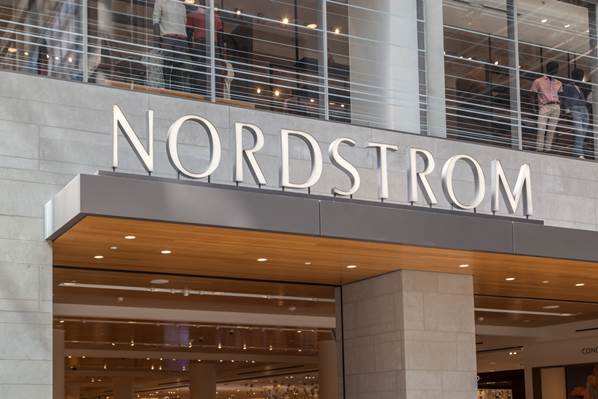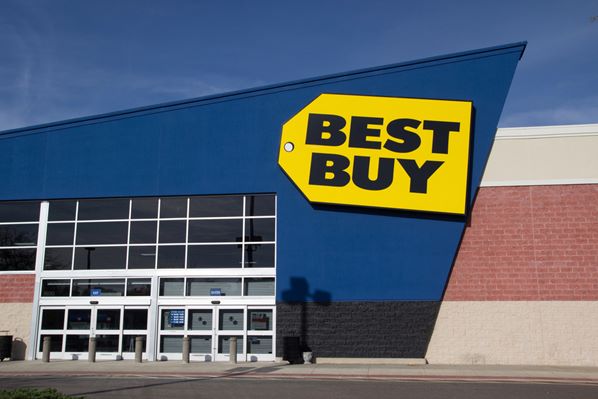
Customer loyalty programs are more than just a way to reward repeat customers—they’re a strategic investment in building long-term relationships and driving consistent revenue.
But how do you measure the success of such programs? Here, we explore key metrics for assessing loyalty program benefits, leveraging insights from well-known brands.
-
Point Redemption Rate
Definition
The point redemption rate measures the percentage of loyalty points earned by customers that are eventually redeemed.
Why It Matters
A high redemption rate indicates that customers find value in the rewards offered. Conversely, a low redemption rate might suggest that the rewards are not attractive or attainable enough.
Example: Starbucks Rewards
Starbucks uses its Rewards program to encourage frequent purchases. The point redemption rate is tracked meticulously, ensuring that customers feel consistently rewarded for their loyalty.
-
Repeat Customer Rate
Definition
This metric indicates the percentage of customers who return to make additional purchases.
Why It Matters
A high repeat customer rate often translates to higher customer satisfaction and loyalty.
Example: Amazon Prime
Amazon Prime’s loyalty program has an exceptionally high repeat customer rate. The combination of fast shipping, exclusive deals, and additional services like video streaming encourages repeat purchases.
-
Purchase Frequency
Definition
Purchase frequency measures how often customers make purchases over a specific period.
Why It Matters
This metric helps businesses understand the purchasing habits of their loyal customers.
Example: Sephora Beauty Insider
Sephora’s Beauty Insider program incentivizes frequent shopping with tiered rewards that escalate with the amount spent, thereby increasing purchase frequency.
-
Average Time Between Purchases
Definition
This metric tracks the average time interval between consecutive purchases made by the same customer.
Why It Matters
A shorter time between purchases indicates higher customer engagement and satisfaction.
Example: CVS ExtraCare
CVS’s ExtraCare program offers frequent discounts and rewards, motivating customers to visit more often, which reduces the average time between purchases.

-
Average Order Value (AOV)
Definition
AOV measures the average amount spent by customers per transaction.
Why It Matters
An increase in AOV signifies that customers are buying more or opting for higher-priced items.
Example: Nordstrom Rewards
Nordstrom Rewards encourages higher spending by offering points for every dollar spent, which can be redeemed for future purchases, increasing the AOV.
-
Revenue, Profit, and Margin
Definition
These financial metrics assess the overall economic impact of loyalty programs.
Why It Matters
Positive financial metrics indicate that the loyalty program is contributing to the company’s bottom line.
Example: Delta SkyMiles
Delta’s SkyMiles program has proven effective in driving revenue and profit, as loyal customers often prioritize flying with Delta, even at higher costs.

-
Number of Loyalty Program Members
Definition
The total count of active participants in a loyalty program.
Why It Matters
A growing number of members suggests that the program is appealing to new customers.
Example: Hilton Honors
Hilton Honors boasts millions of members worldwide, indicating broad appeal and successful customer retention strategies.
-
Stock In-Kind Rewards
Definition
Stock in-kind rewards refers to non-monetary rewards such as free products or services.
Why It Matters
Offering tangible rewards can significantly enhance customer satisfaction and perceived value.
Example: Panera Bread MyPanera
Panera Bread’s MyPanera program provides in-kind rewards such as free bakery items or beverages, enhancing customer satisfaction.
-
Basket Value
Definition
This metric measures the total value of items in a customer’s shopping basket.
Why It Matters
An increase in basket value suggests that customers are purchasing more items per visit.
Example: Kohl’s Rewards
Kohl’s Rewards program encourages higher basket values through points that can be redeemed for discounts, promoting larger purchases.

-
Incremental Margin
Definition
Incremental margin measures the additional profit generated by customers due to the loyalty program.
Why It Matters
This metric helps in understanding the direct financial benefits of the loyalty program.
Example: Best Buy Rewards
Best Buy tracks the incremental margin to ensure that their loyalty program contributes positively to the company’s profitability.
-
Retention and Churn Rates
Definition
Retention rate measures the percentage of customers who continue to engage with the brand over a period, while churn rate measures the percentage who stop.
Why It Matters
High retention and low churn rates are indicators of a successful loyalty program.
Example: Verizon Up
Verizon’s loyalty program, Verizon Up, focuses on retaining customers by offering valuable rewards and experiences, thereby reducing churn.
-
Customer Lifetime Value (CLV)
Definition
CLV estimates the total revenue a business can expect from a customer over their entire relationship.
Why It Matters
A high CLV indicates that customers are consistently engaging with the brand and making repeat purchases.
Example: Apple Rewards
Apple’s loyalty programs, like Apple Card, are designed to enhance CLV by integrating rewards that encourage long-term brand loyalty.
By understanding, measuring and optimizing these key metrics, businesses can ensure that their loyalty programs not only attract but also retain valuable customers, driving sustained growth and profitability.




